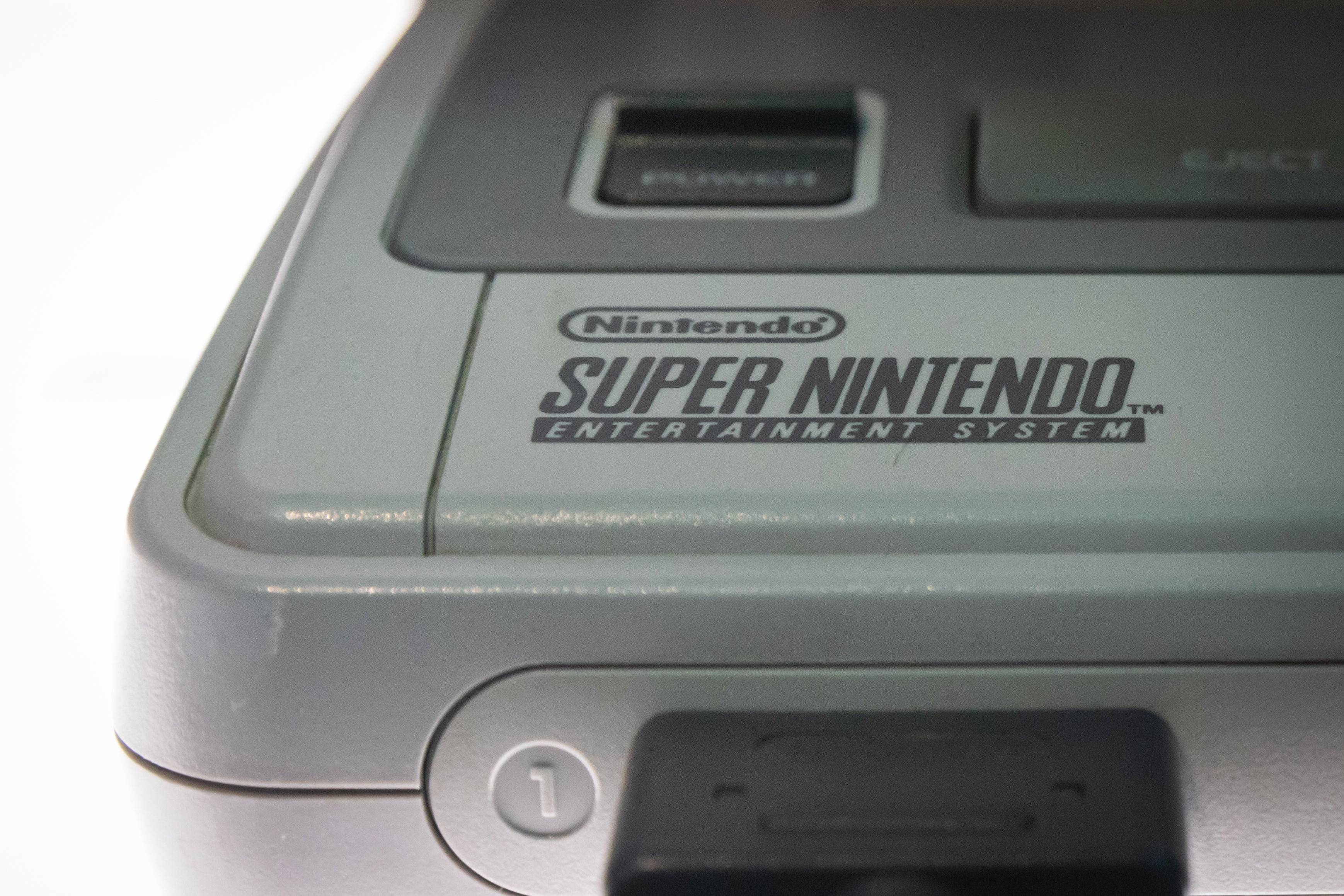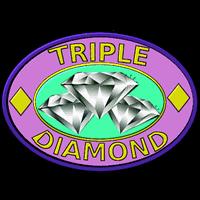Speedrunners Left Scratching Their Heads After New Discovery Suggests the SNES Works Faster as It Ages
The speedrunning community is buzzing with excitement and curiosity over a peculiar phenomenon: the Super Nintendo Entertainment System (SNES) appears to be running games faster as it ages. In early February, Alan Cecil, a Bluesky user known as @tas.bot, sparked discussions by suggesting that the nearly 50 million SNES units sold worldwide might now be performing better than when they were first released in the 1990s. This unexpected development could mean enhanced gameplay for classics like Super Mario World, Super Metroid, and Star Fox, rather than the typical degradation seen in aging technology.
The notion that a video game console could improve its performance over time might sound far-fetched, but Cecil's research points to a specific component: the SNES's audio processing unit (APU) SPC700. According to official Nintendo specifications, the SPC700 has a digital signal processing (DSP) rate of 32,000Hz, controlled by a ceramic resonator running at 24.576MHz. However, retro console enthusiasts have noted that these specs aren't entirely accurate. Recordings over the years have shown that the DSP rate can vary based on environmental factors like temperature, affecting how audio is processed and sent to the CPU, which in turn can subtly influence game speed.

The intriguing part of Cecil's findings is the trend observed over the past 34 years. After asking SNES owners to record data, he gathered over 140 responses that indicate a consistent increase in DSP rates. Previously recorded averages in 2007 were around 32,040Hz, but recent data suggests an increase to 32,076Hz. While temperature does affect these rates, the changes are not significant enough to explain the overall trend. In a follow-up Bluesky post, Cecil shared that, "Based on 143 responses, the SNES DSP rate averages 32,076Hz, rising 8Hz from cold to warm. Warm DSP rates go from 31,965 to 32,182Hz, a 217Hz range. Therefore, temperature is less significant. Why? How does it affect games? We do not know. Yet."
While the phenomenon is fascinating, Cecil acknowledges that more research is needed to understand the full extent and cause of the increased processing speed. Historical data from the console's first decade is scarce, but the SNES seems to be aging gracefully as it approaches its 35th anniversary. The speedrunning community is particularly interested in how this could affect game performance, potentially shortening load times and impacting long-standing leaderboard records. However, the impact on speedruns is likely to be minimal, with even the most extreme scenarios shaving off less than a second.
As Cecil continues his investigation into the SNES's inner workings, the console remains a beloved piece of gaming history. For more insights into its legacy, you can explore the list of best-selling consoles of all time.
-
This morning, we were treated to an extensive preview of Pokémon Legends: Z-A, Game Freak's latest venture into the futuristic world of Pokémon, set in the iconic Lumiose City from Pokémon X/Y. The trailer showcased exciting features like rooftop running, revamped battling mechanics, and the returnAuthor : Isaac Apr 04,2025
-
Netflix's *Rise of the Golden Idol* is set to expand its universe with the release of its first DLC, *The Sins of New Wells*, coming to mobile devices on March 4th. This exciting addition will also be available on PC and consoles, but for mobile users, it's a special treat as it will be completely fAuthor : Harper Apr 04,2025
- Whip Up Delish Food In The Play Together x My Melody & Kuromi Crossover!
- The New AMD Ryzen 7 9800X3D Is the Best Gaming CPU, and It's Back in Stock on Amazon and Best Buy
- PoE2: Ice and Thunder Heralds Combo Guide
- Chinese Legend 'Black Myth' Shines Spotlight on Cultural Heritage
- Crunchyroll Expands Game Library with New Additions
- OSRS Launches Leagues V: Raging Echoes






















